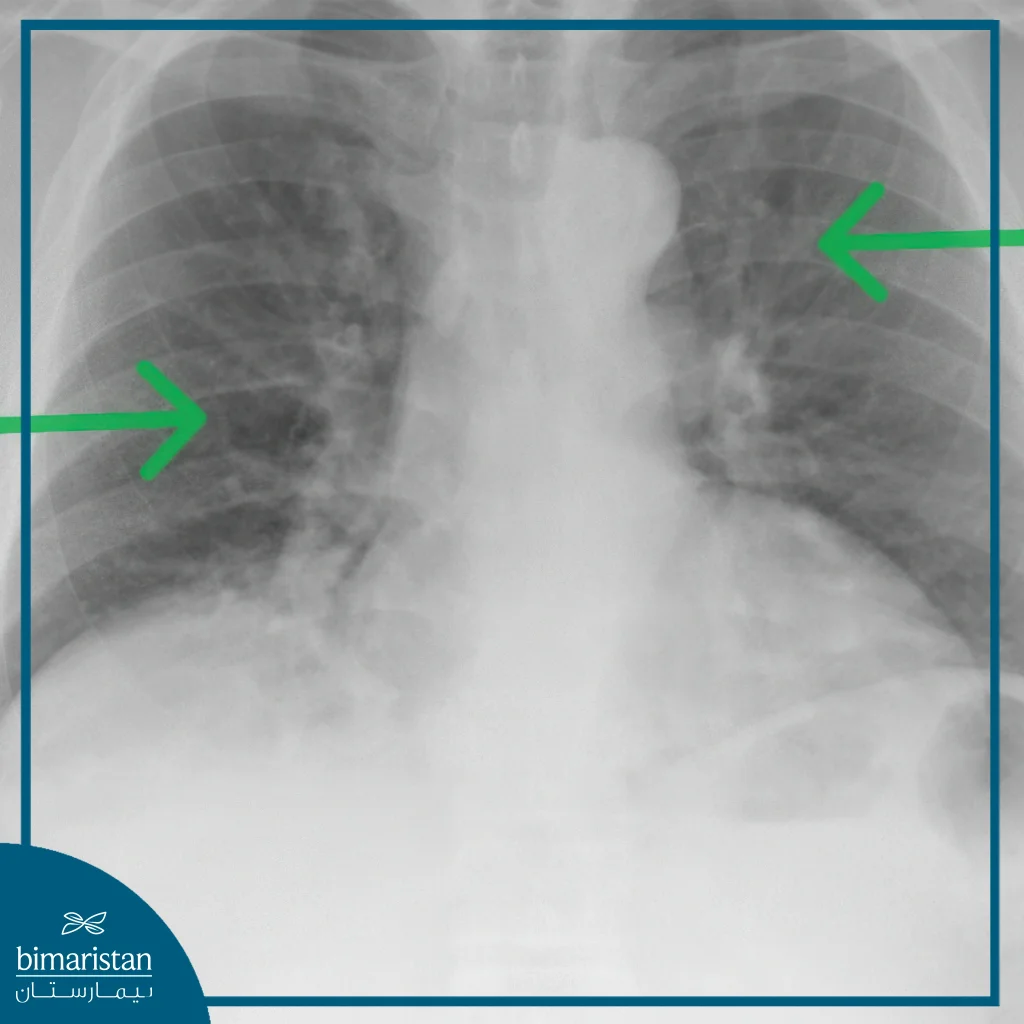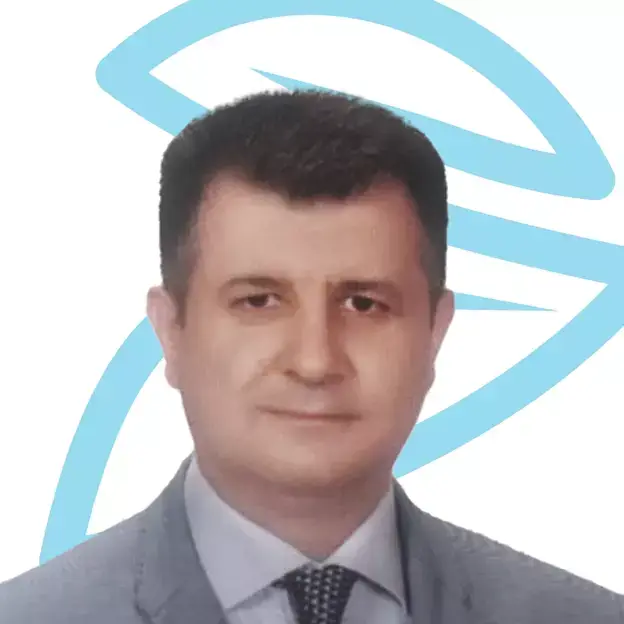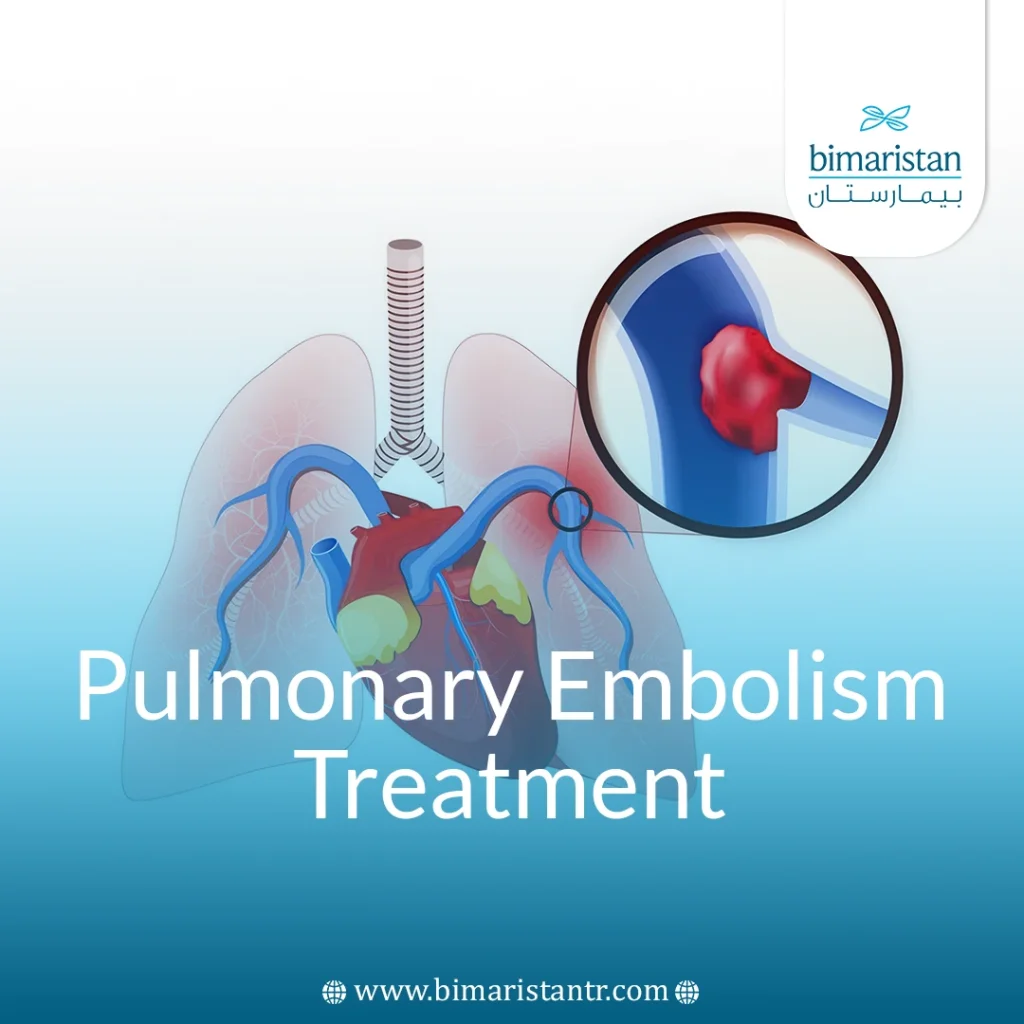Pulmonary embolism is one of the most serious vascular diseases, and this condition leads to death if pulmonary embolism treatment is not provided in time. In Europe, about 430,000 cases are recorded annually, with about 39,000 deaths, according to official health reports, while in Turkey, the incidence of pulmonary embolism is estimated at 98 cases per 100,000 people, and it increases in cancer patients.
What is pulmonary embolism?
Pulmonary embolism is a sudden blockage in one or more arteries of the lungs due to a blood clot that travels from a deep vein, often in the leg, and the clot may form directly inside the lung when there is injury or inflammation. This blockage leads to disruption of blood flow within the artery and the possibility of issues such as pulmonary hypertension or stroke, but not directly. This blockage is a serious emergency that requires awareness and attention, like a stroke. Early intervention with anticoagulants or advanced pulmonary embolism treatment is essential in the treatment of pulmonary embolism.

What are the causes of pulmonary embolism?
The main cause of venous thrombosis is often the formation of a clot in the deep leg veins that travels to the lungs and blocks the pulmonary artery, and the most important reasons that contribute to the occurrence of this thrombosis are:
- Slow blood flow: Little movement and inactivity in bed for a long time after surgery, for example, or due to traveling for long periods of more than 4 hours causes slow blood circulation in the limbs, and this is an important factor in the formation of these clots that travel to the lungs.
- Injury to the vein wall: Direct or surgical injuries, especially to the pelvis, groin, and lungs, damage vessel walls and encourage blood clotting.
- Blood clotting disorders: Factor V Leiden syndrome or a deficiency in the C/S protein. All of these factors increase the likelihood of these clots forming.
Other factors contributing to clots
- Obesity, smoking, and aging
- Using intravenous (IV) catheters
- Large bone injuries and pelvic and leg fractures
- Cancer and chemotherapy are risk factors
What are the symptoms of pulmonary embolism?
The symptoms of pulmonary embolism vary depending on the size of the clot and how it affects the lungs, but these are the main symptoms:
- Sudden shortness of breath
- Severe chest pain
- Coughing up blood
- Rapid heartbeat
- Dizziness and sudden fainting
- Excessive sweating and anxiety
- Cyanosis of the skin
- Hoarseness or rapid breathing
How is pulmonary embolism treated?
Pulmonary embolism treatment is a treatment aimed at preventing the growth of a clot, i.e., dissolving or removing it, and preventing new clots from forming. Pulmonary embolism treatment is usually divided into:
Rapid intervention with anticoagulants
UFH or LMWH (low molecular weight heparin), such as Enoxaparin, is a first-line treatment that begins as soon as embolism is suspected, especially in cases of hypotension or the possibility of subsequent intervention.
The next phase, which lasts (3_6 months) after rapid intervention, usually includes low molecular weight heparin or modern oral anticoagulants, DOACs such as Rivaroxaban or Apixaban, which are favored over warfarin due to similar efficacy and greater safety.
Targeted treatments to dissolve or remove the clot
Systemic clot dissolution
It is one of the important options used in pulmonary embolism treatment, especially in emergency cases where the pulmonary embolism threatens the patient’s life. This method relies on administering clot-dissolving drugs directly through a vein to travel in the bloodstream and target the thrombus inside the pulmonary artery. These drugs include Alteplase (tPA), Streptokinase, and Tenecteplase, all of which work to speed up thrombolysis and restore blood flow.
This type of pulmonary embolism treatment is used when a patient has severely low blood pressure or signs of impending cardiogenic shock, which are indicators of a serious and potentially fatal blockage. Although these medications are effective and fast-acting, they carry a high risk of internal bleeding and should be used with extreme caution.
Catheter-guided clot dissolution
This procedure is considered an advanced option in the treatment of pulmonary embolism and is usually used in moderate to severe cases that do not require immediate surgery but do not fully respond to drug therapy alone, where a thin catheter is inserted through one of the large veins in the body, often from the groin or neck area. from the groin or neck area and then carefully guided through the blood vessels until it reaches the site of the clot in the pulmonary artery, after which a clot-dissolving drug (such as alteplase) is injected through this catheter directly into the clot itself in small, controlled doses, Catheter- directed thrombolysis is used. Directed Thrombolysis is used for this procedure.
This method allows the clot to break up quickly and effectively while minimizing the amount of medication used, reducing the risk of bleeding compared to systemic thrombolysis. In some cases, the catheter may also be used to mechanically pull or aspirate the clot, which is known as Mechanical Thrombectomy.
Surgery and clot removal
It is one of the most important methods of treating pulmonary embolism, as it is used in severe cases and when other treatments have failed; it may be combined with other devices such as ECMO.
Supportive devices and inferior vena cava filters
Used temporarily when anticoagulation is restricted or denied (such as when bleeding), it prevents these clots from traveling to the lungs.
Psychological and circulatory support
Supplemental oxygen and cardiopulmonary support (such as a blood pressure cuff or ECMO), used to support patients with severe symptoms or acute heart failure.
Pulmonary embolism treatment is an important step that can save a patient’s life when applied early and effectively, and thanks to the development of medical methods—from anticoagulants to advanced interventions such as catheterization and surgery—the chances of survival are greater than ever before. Early diagnosis and awareness of symptoms and causative factors remain the most important steps for prevention and rapid intervention.
Sources:
- Franz, J., & Smith, D. (2023). Pulmonary Embolism: Diagnosis and Treatment. Journal of Clinical Medicine, 12(3), 456-467.
- NHS. (n.d.). Pulmonary embolism. Retrieved June 11, 2025

